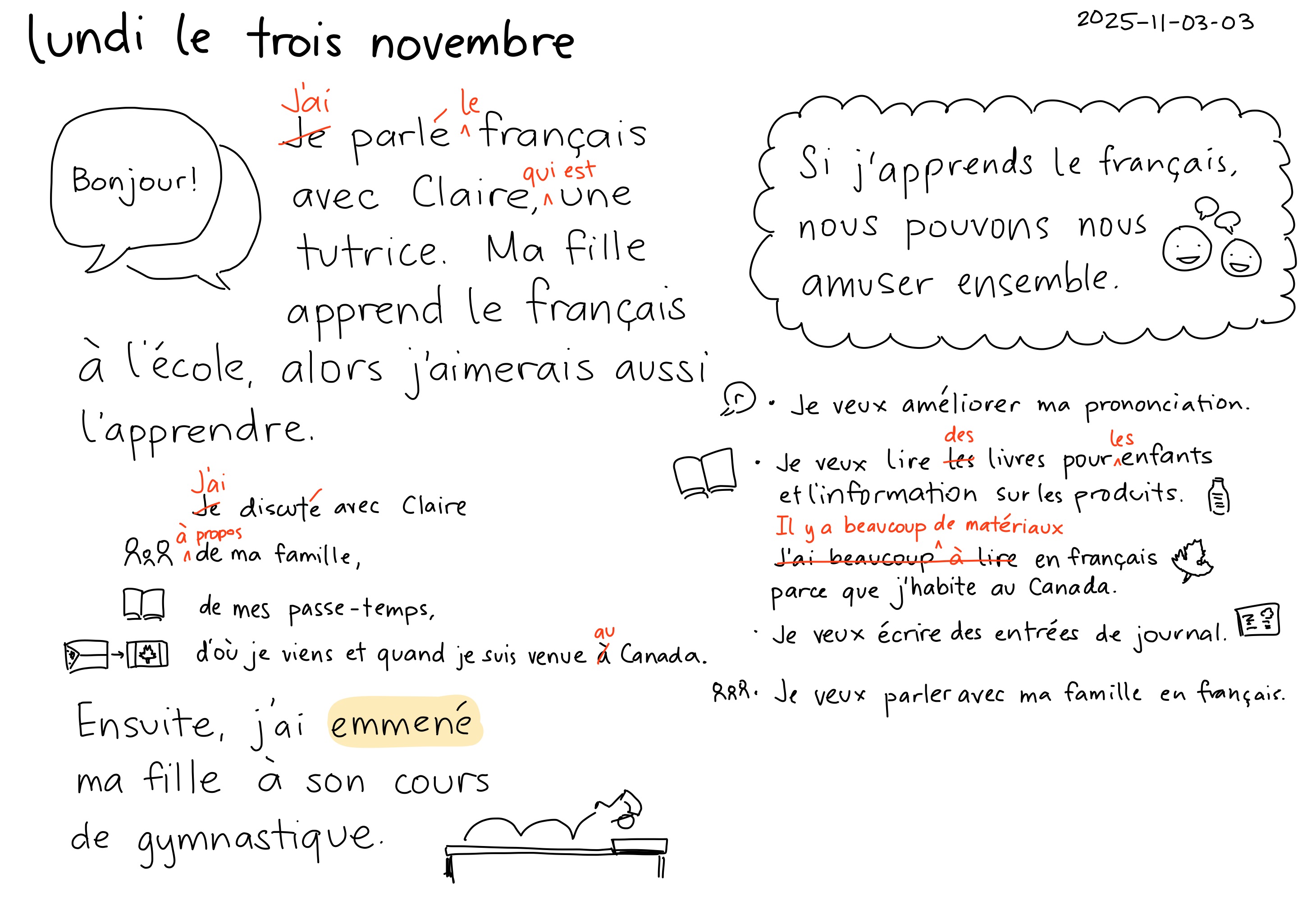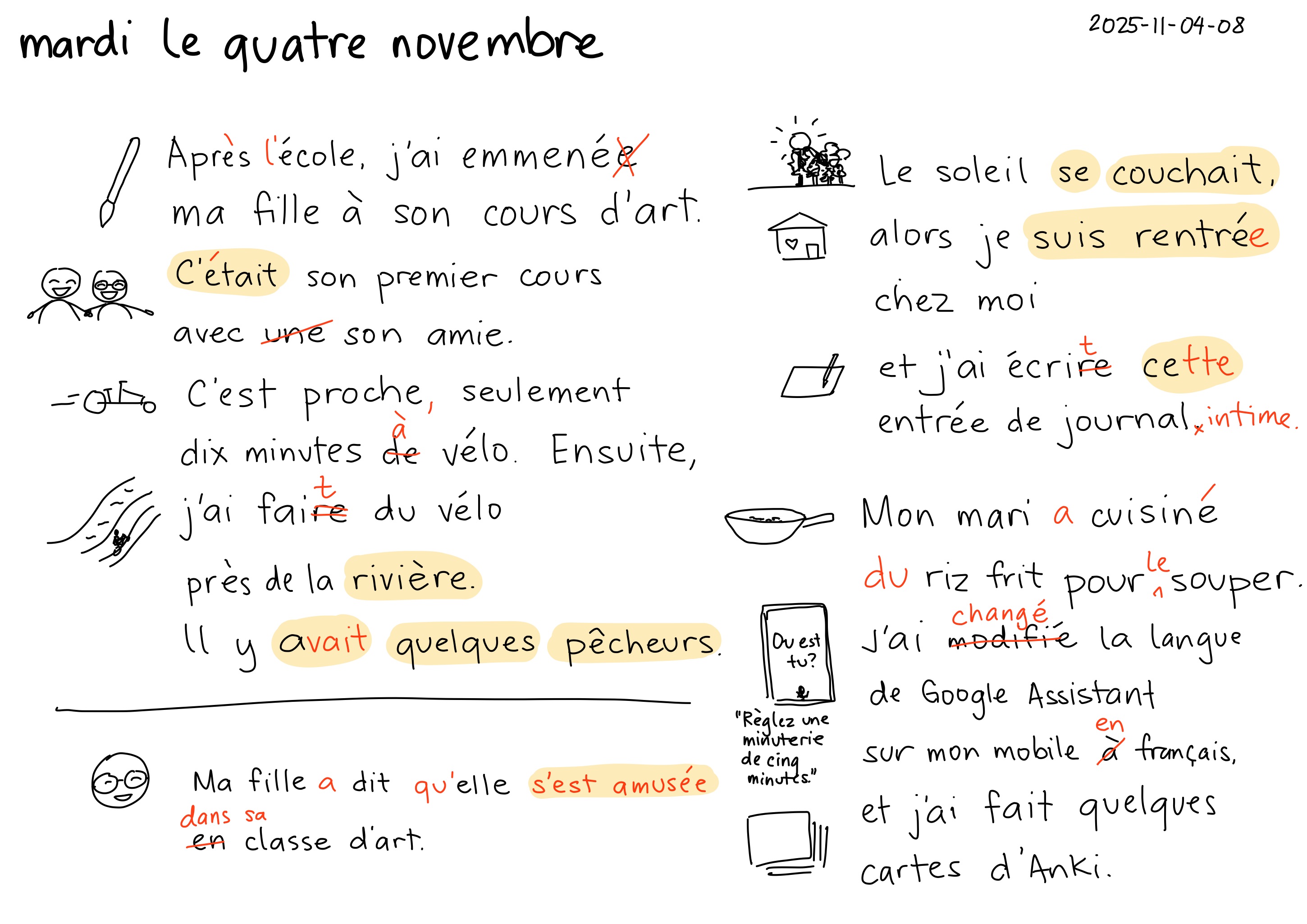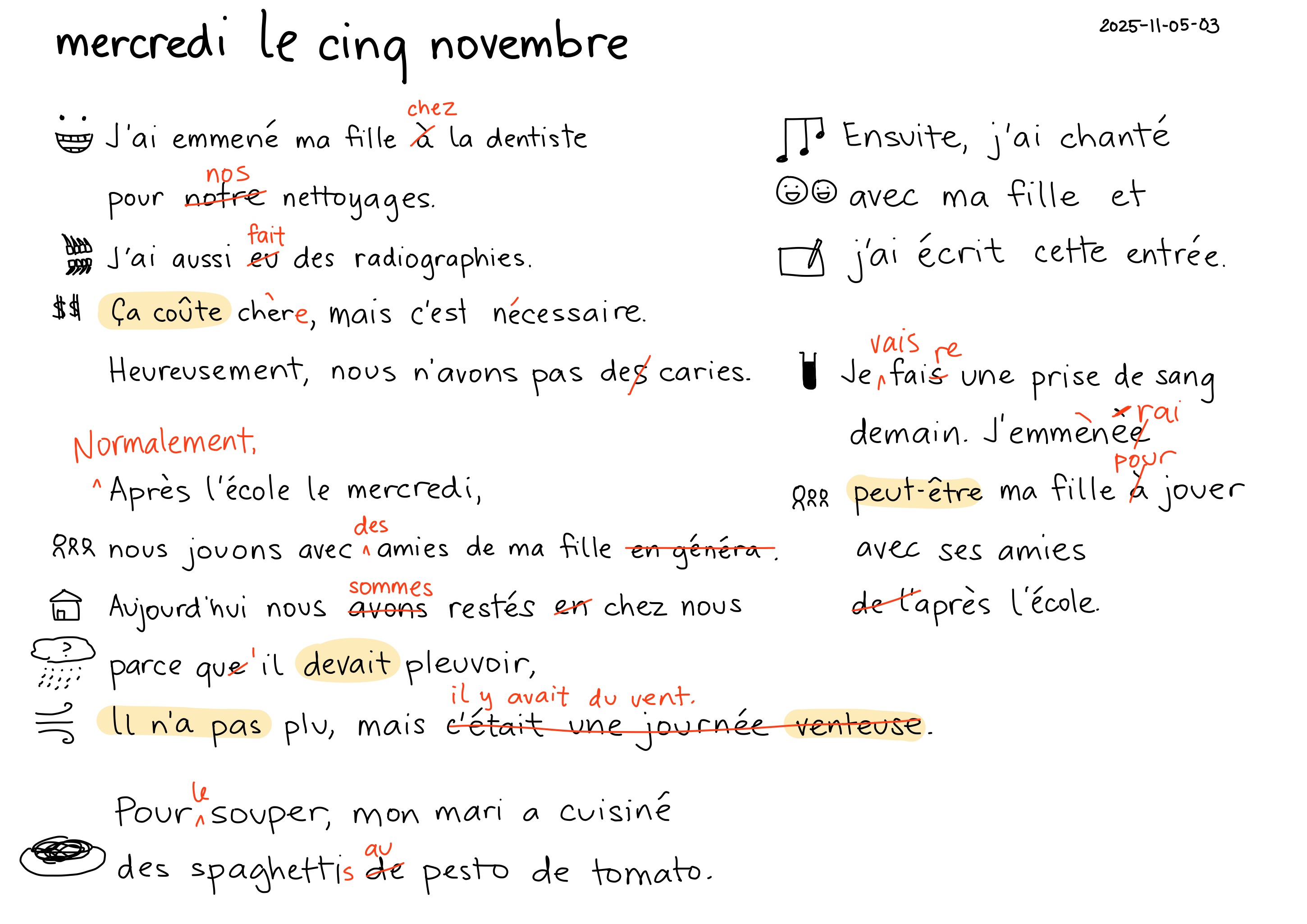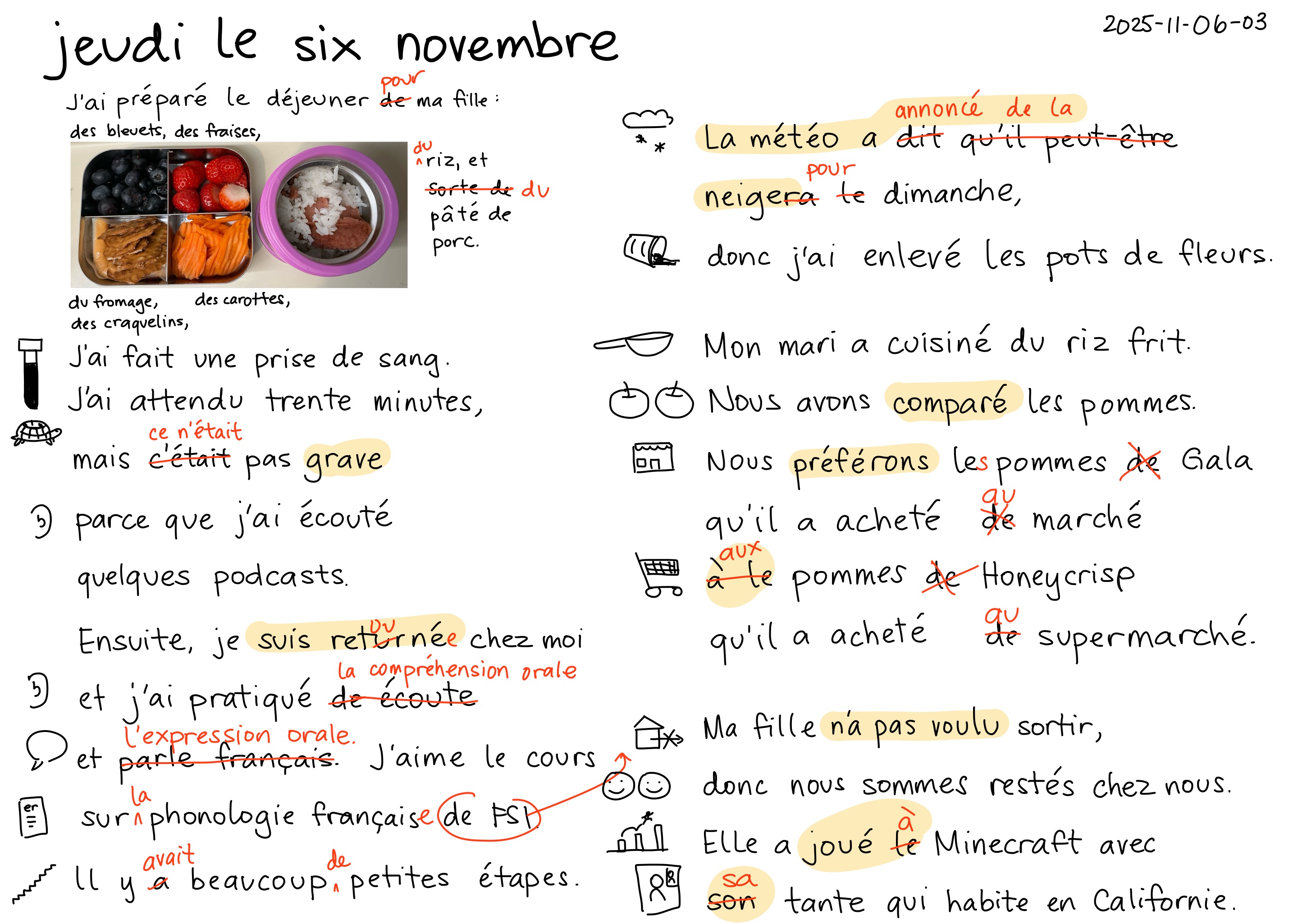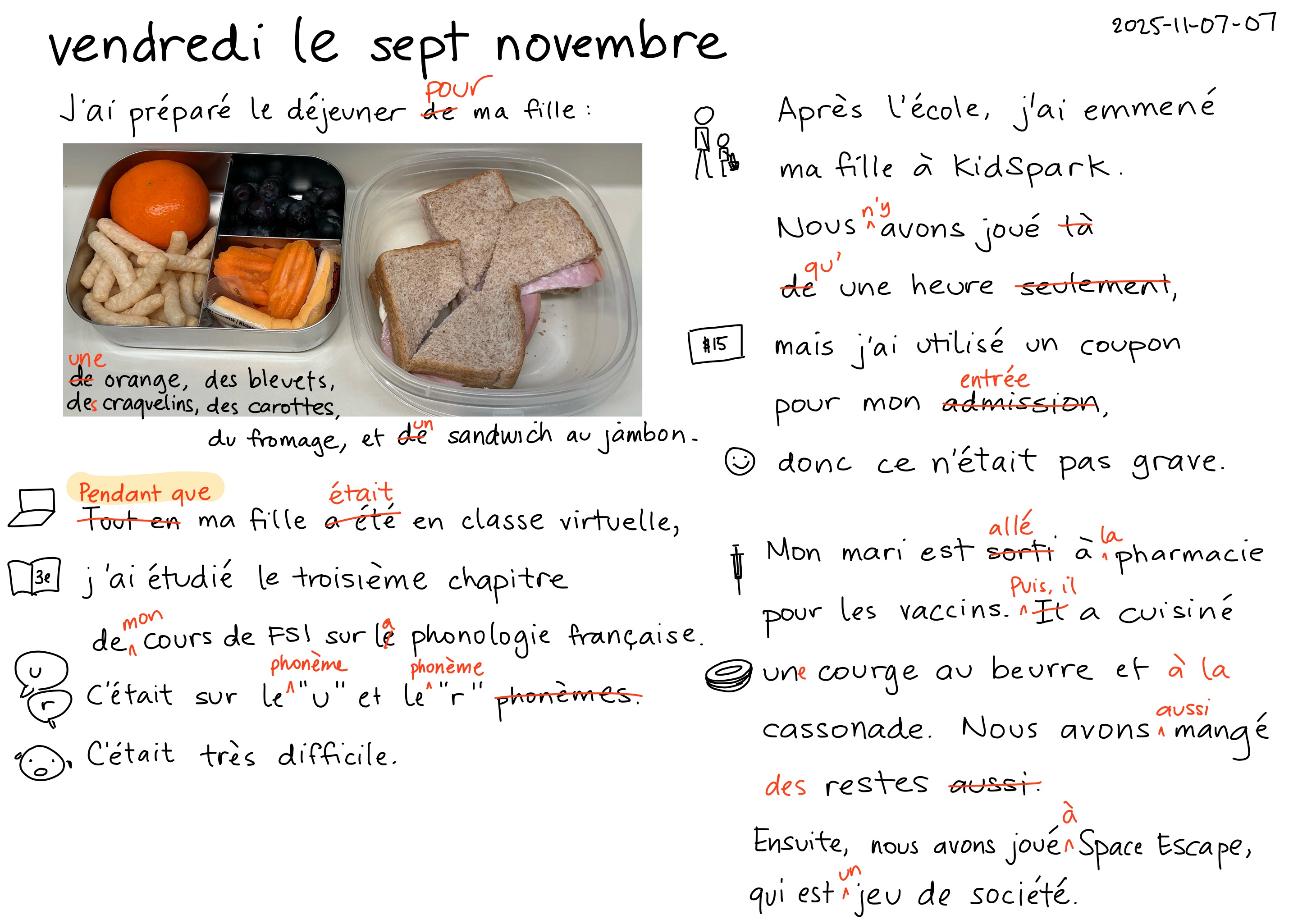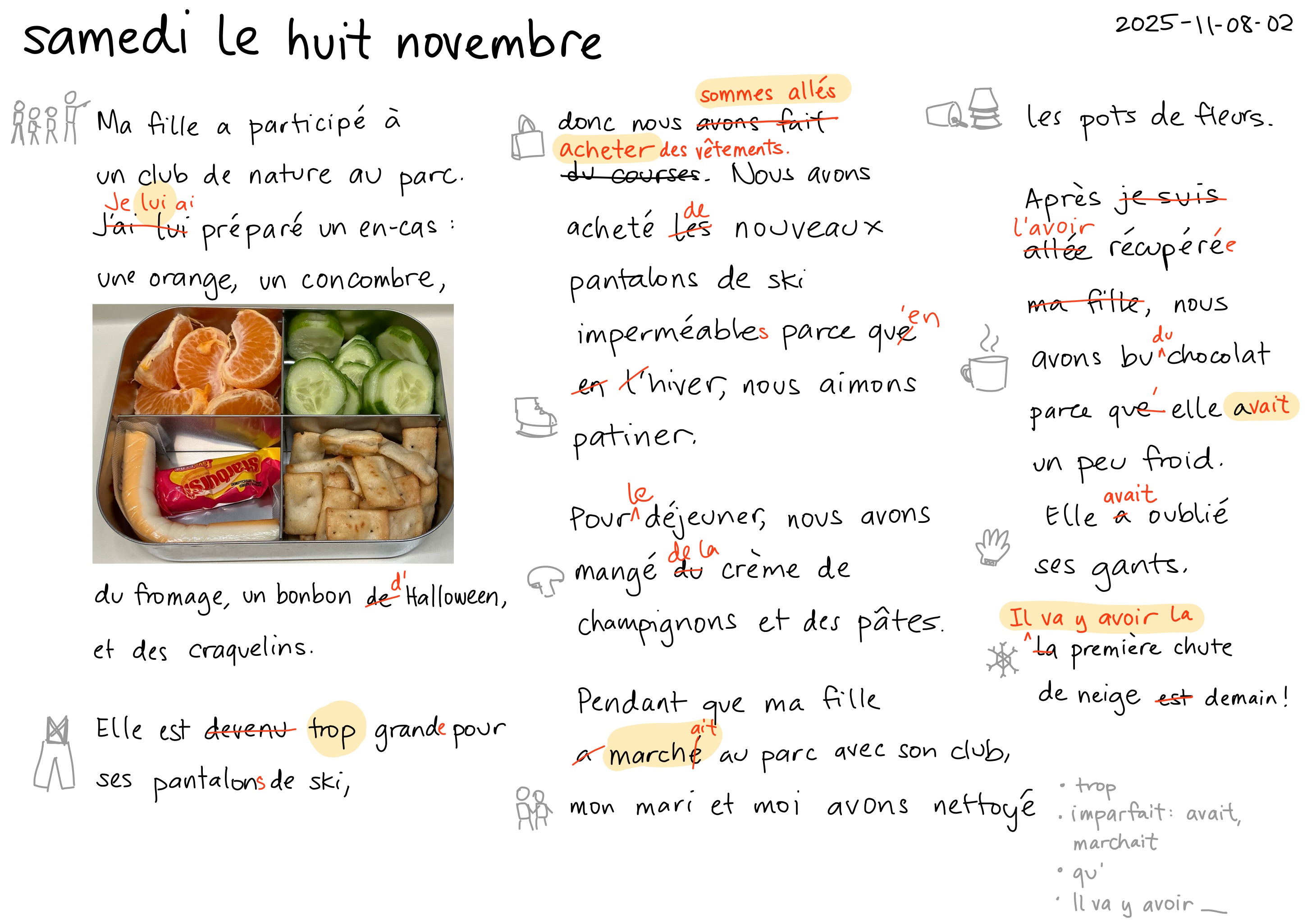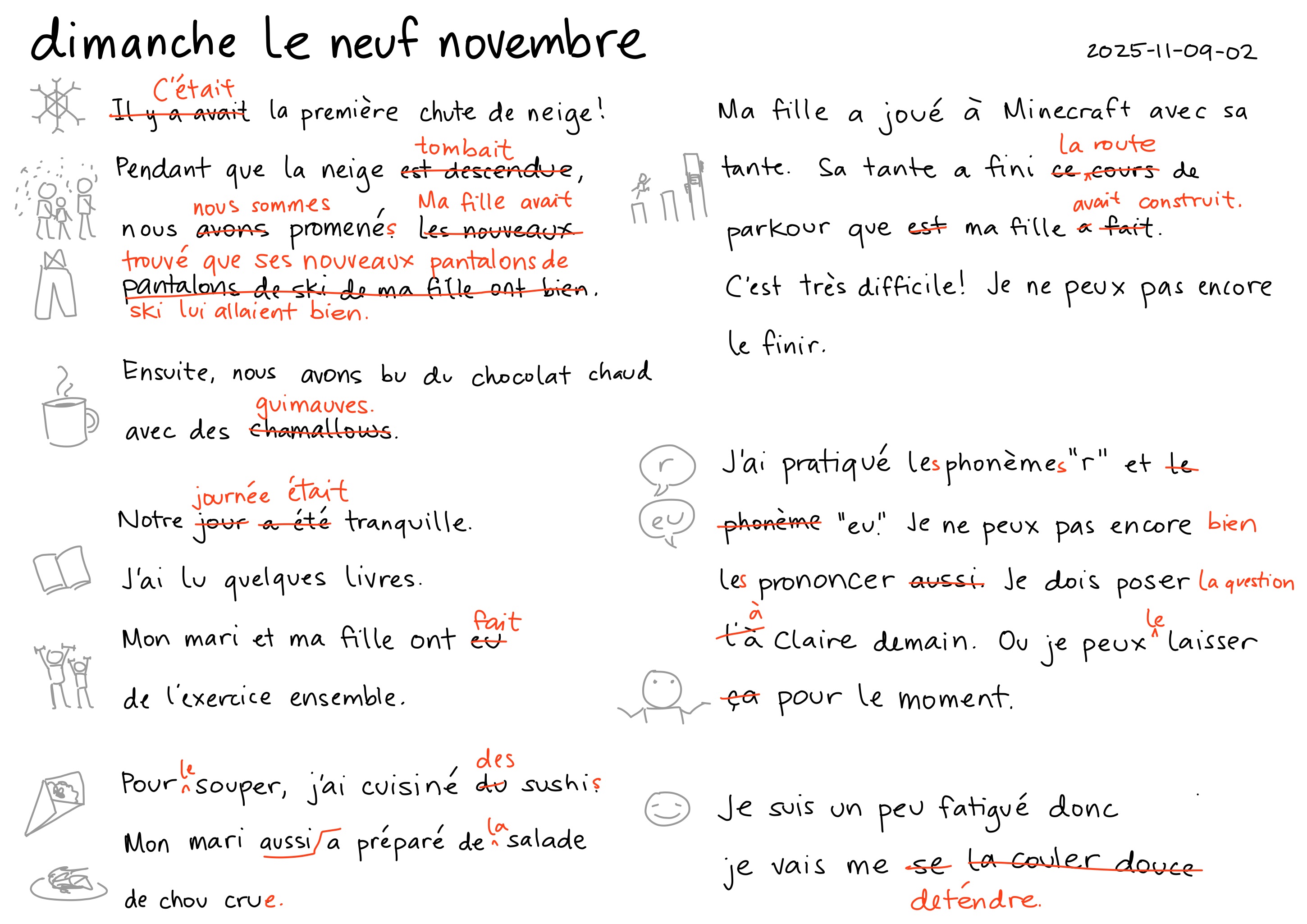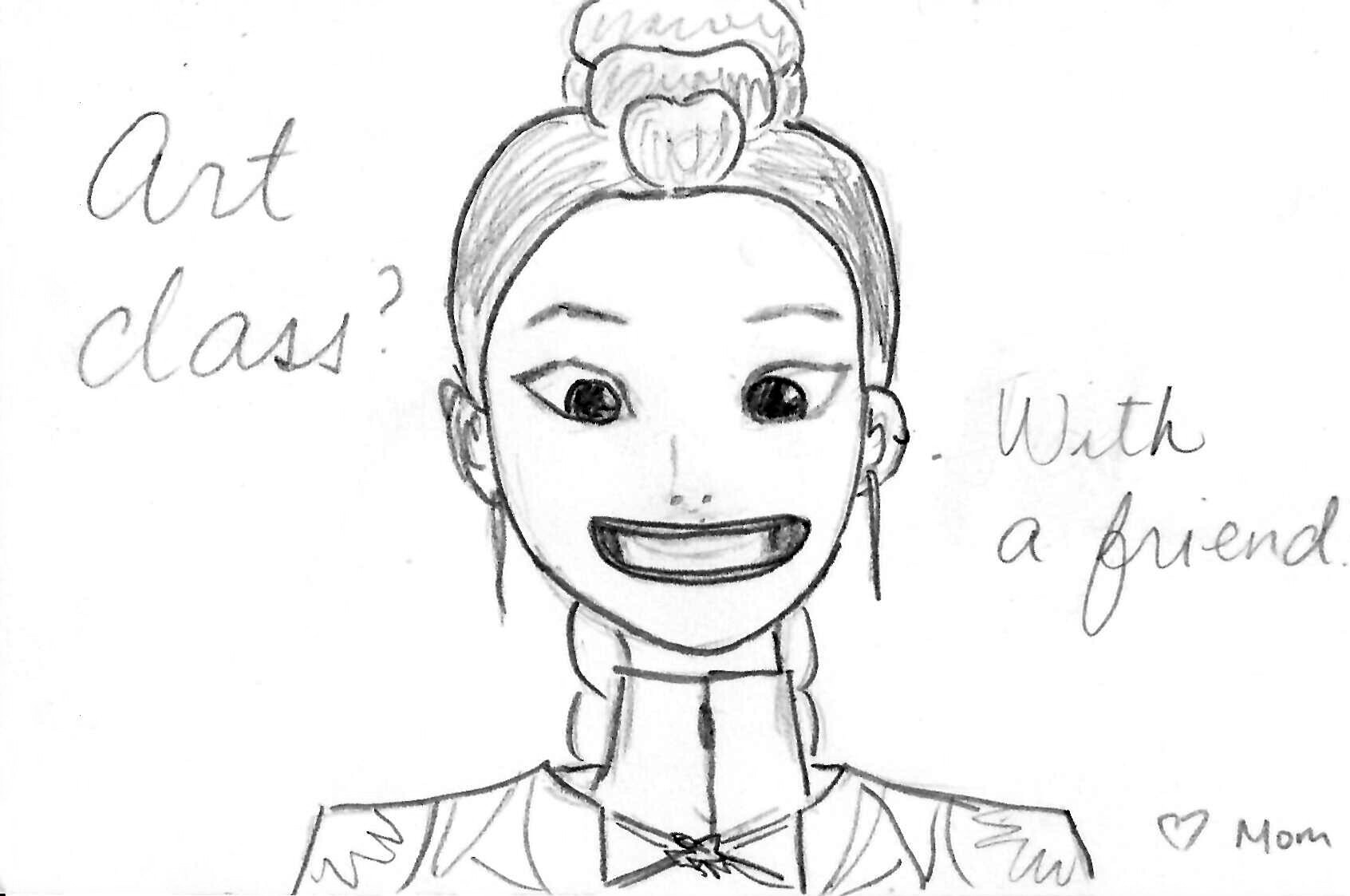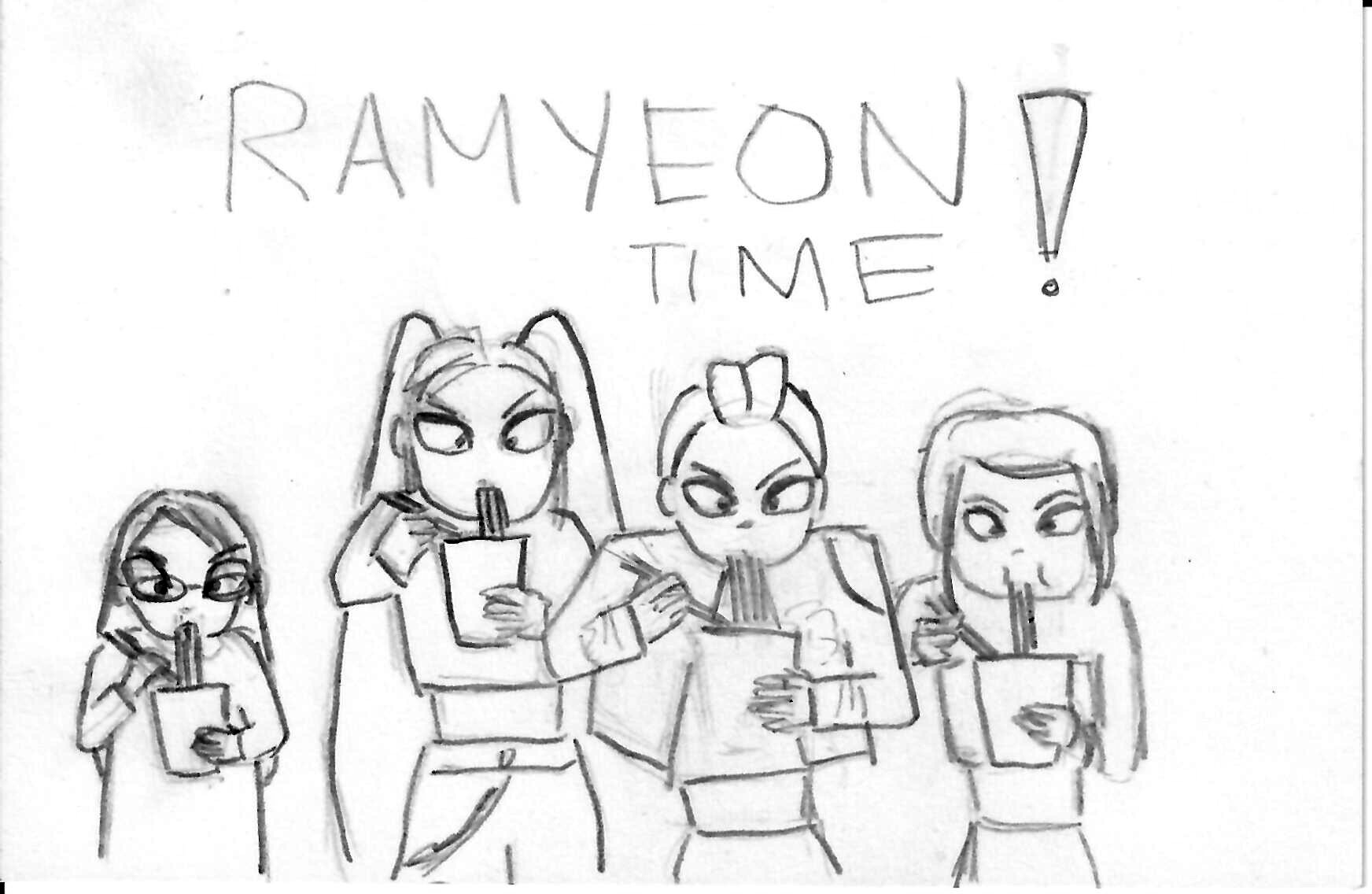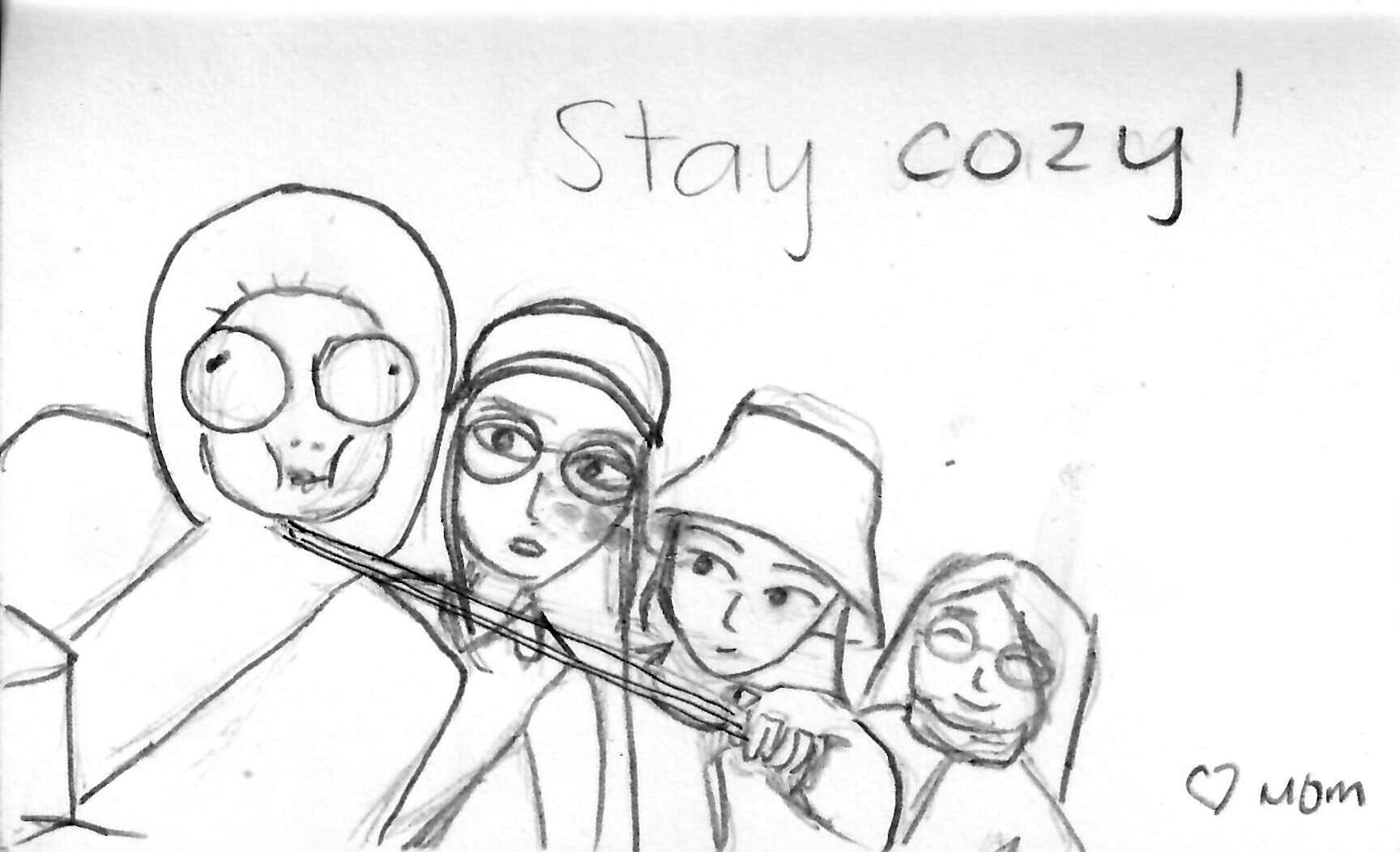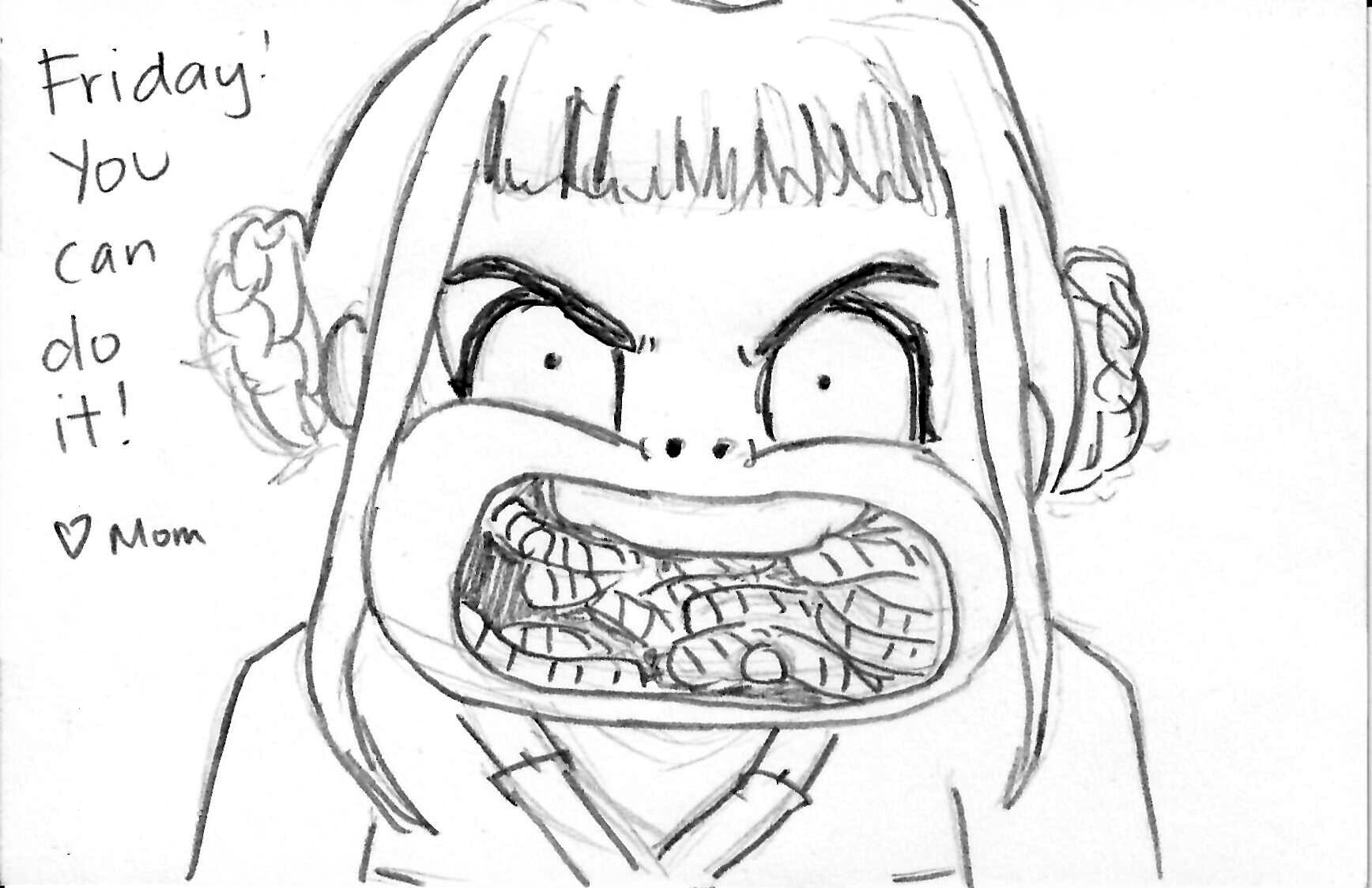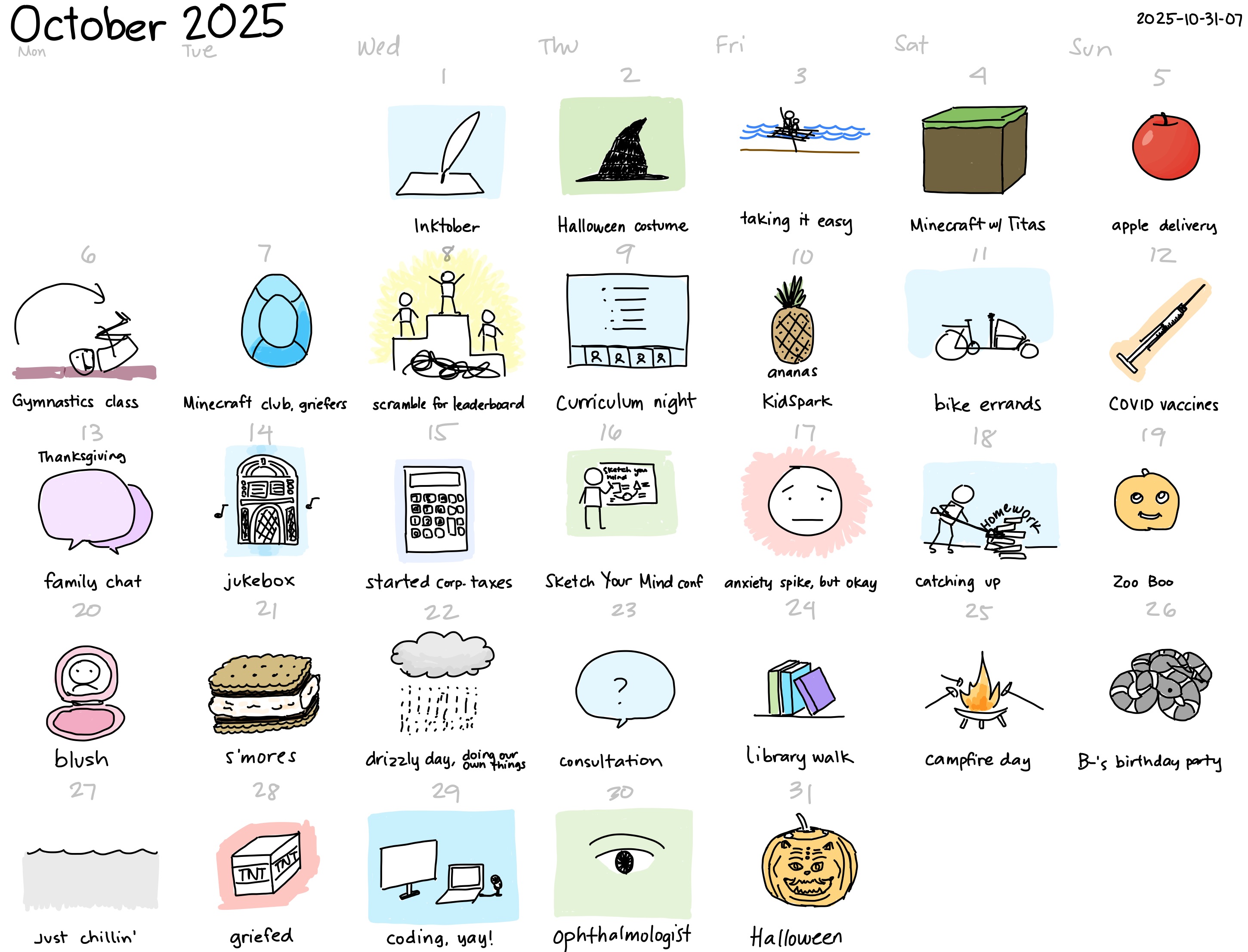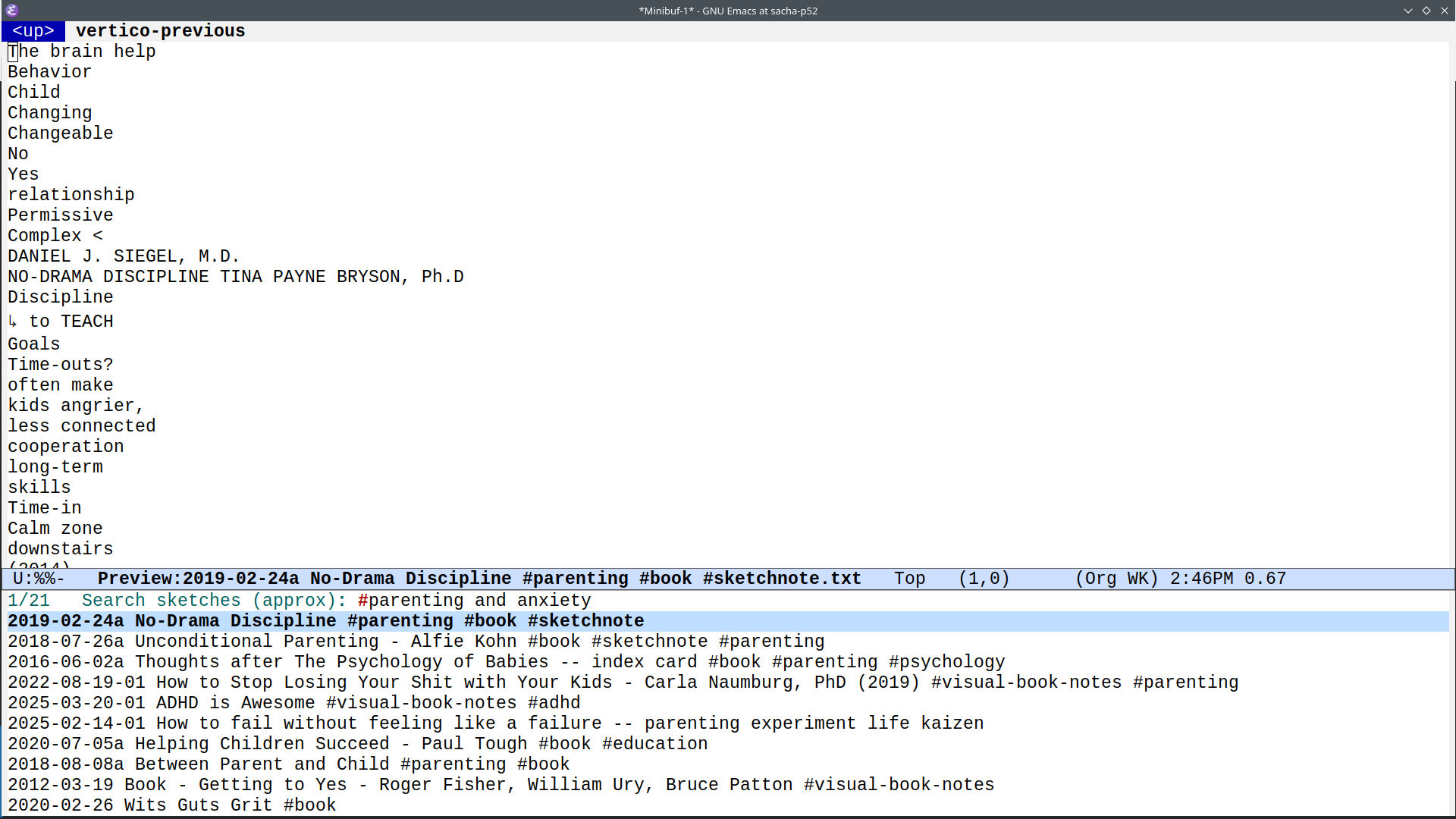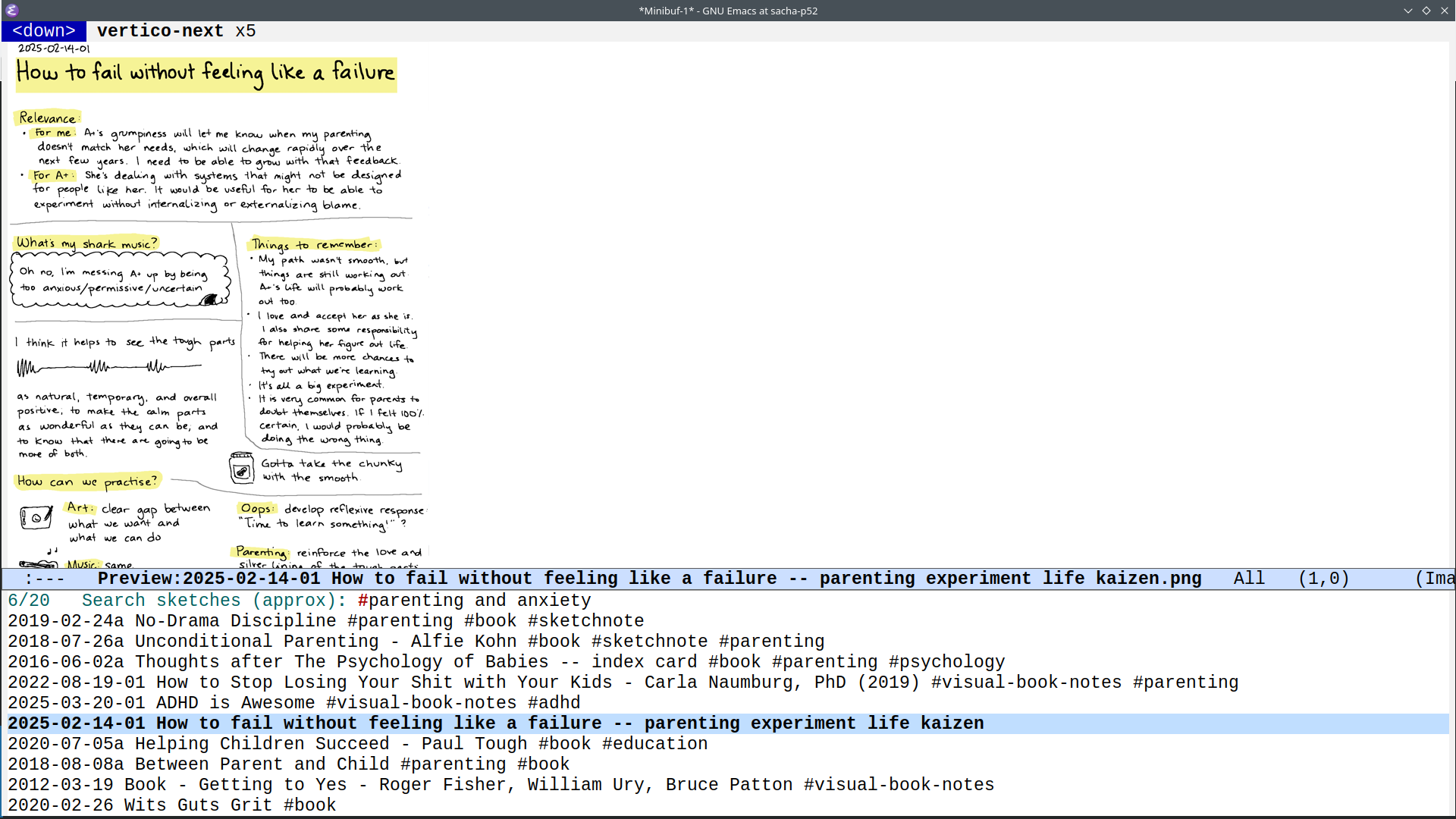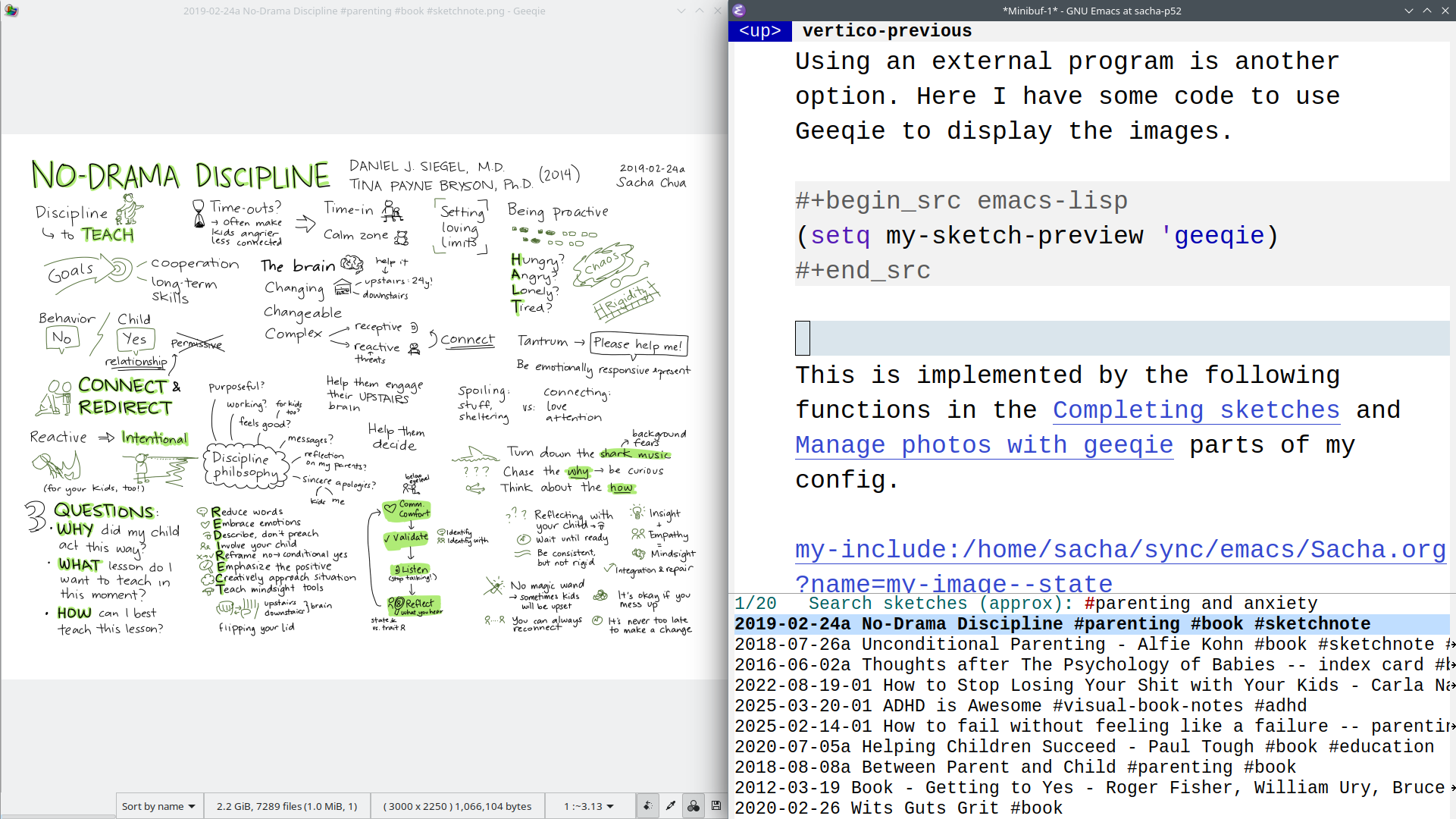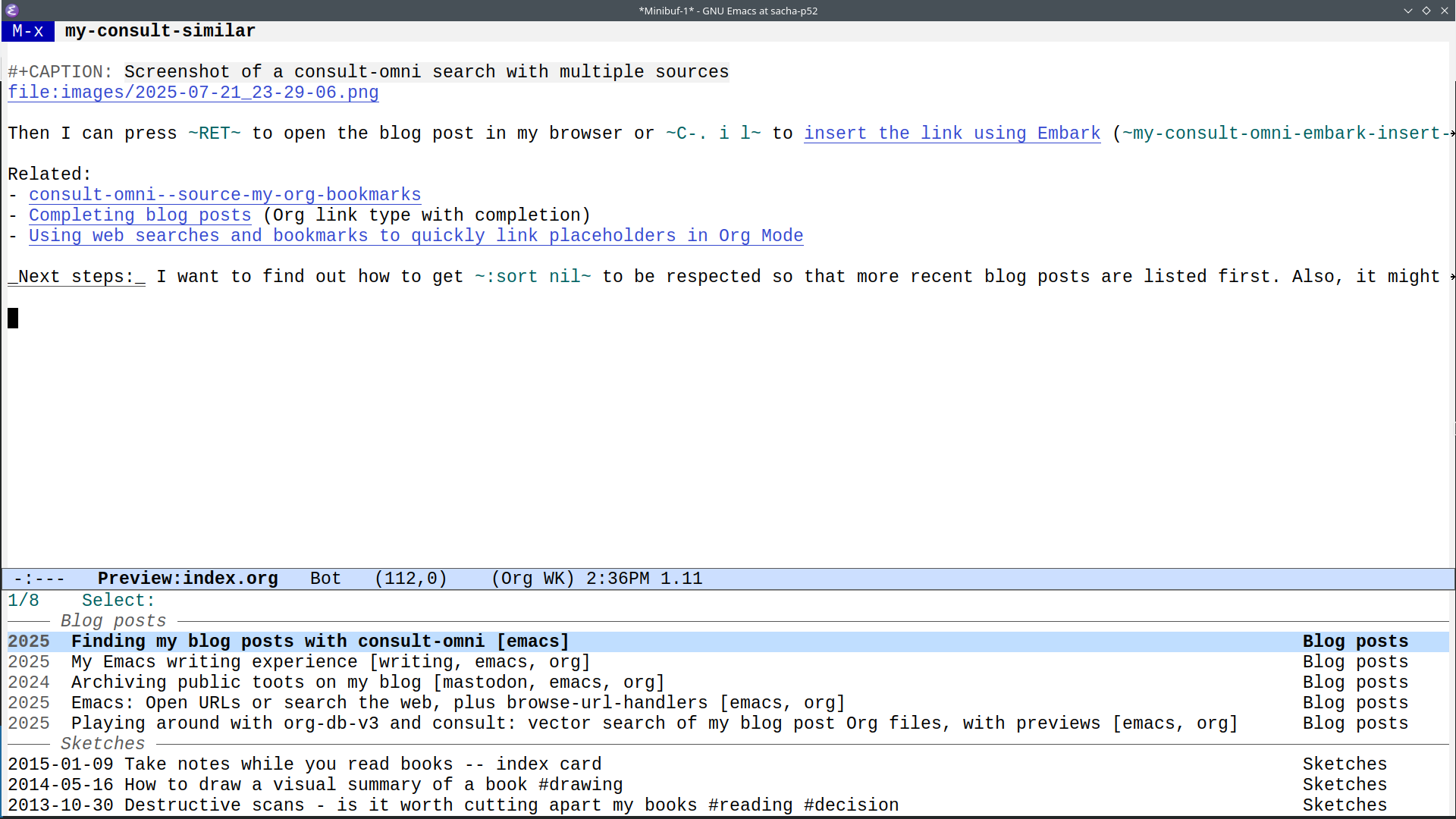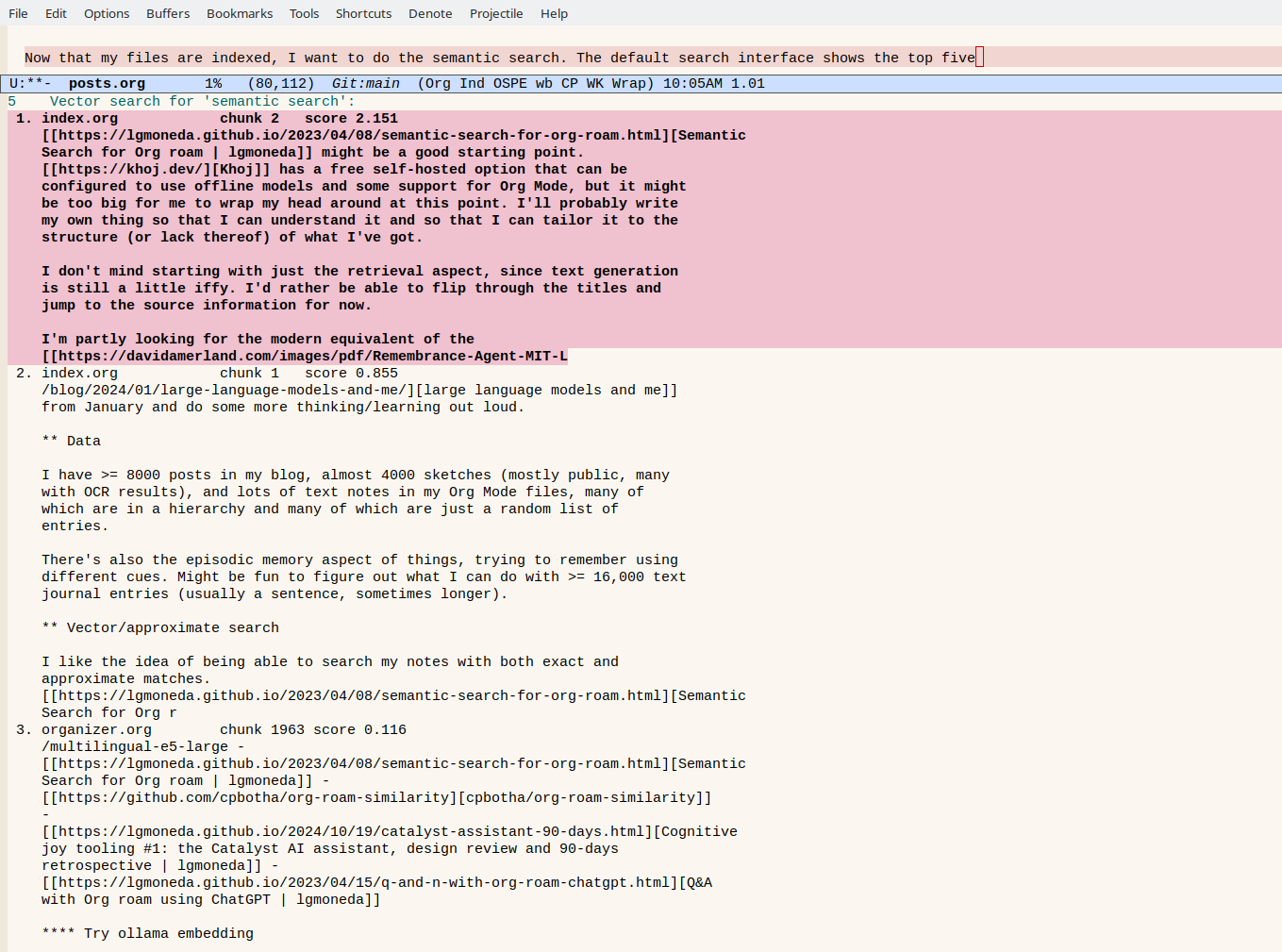Premières entrées de journal en français : la semaine du 3 au 9 novembre
| frenchJe pratique le français en écrivant dans un journal avec l'aide de l'IA Gemini et de ma tutrice Claire. Elle a corrigé mon travail ci-dessous. Il y avait quelques points à résoudre. Ces choses sont probablement trop mineures pour m'empêcher d'essayer ! =) Ensuite, je fais des cartes Anki pour étudier le vocabulaire et la grammaire. Je veux pratiquer l'oral en disant quelques mots aussi. (Petit à petit…) Voici les entrées de mon journal pour la semaine dernière.
Lundi le trois novembre
Text and links from sketch
lundi le trois novembre 2025-11-03-03
J'ai parlé le français avec Claire, qui est une tutrice. Ma fille apprend le français à l'école, alors j'aimerais aussi l'apprendre.
J'ai discuté avec Claire à propos de ma famille, de mes passe-temps, d'où je viens et depuis quand je suis venue au Canada.
Ensuite, j'ai emmené ma fille à son cours de gymnastique.
Si j'apprends le français, nous pouvons nous amuser ensemble.
- Je veux améliorer ma prononciation.
- Je veux lire des livres pour les enfants et l'information sur les produits. Il y a beaucoup de matériaux en français parce que j'habite au Canada.
- Je veux écrire des entrées de journal.
- Je veux parler avec ma famille en français.
- "Il y a beaucoup de matériaux en français": matériaux ou matériel?
- "Dans le domaine des sciences humaines et sociales (ethnologie, sociologie) ou en psychanalyse, on emploie le terme matériel pour désigner l’ensemble des éléments qui seront traités ou analysés. Matériau (ou son pluriel matériaux, si l’on veut insister sur la multiplicité ou la diversité des sources) désigne un ensemble de données, d’informations qui fournit la matière de base à un texte, un ouvrage, une recherche." (origine)
- Pour example: Soutien linguistique - Simon Fraser University : “La bibliothèque Bennett de SFU dispose d'une grande sélection de matériaux en français et d'une bibliothécaire spécialisée pour t'aider à trouver des ressources, ainsi que du Student Learning Commons qui propose divers ateliers.”
- Pour example: Matérial en français - tracpac.ab.ca
- “lundi le trois novembre” ou “lundi trois novembre” ou “le lundi trois novembre” pour les entrées de journal
- décision: je vaise laisser ça pour le moment: lundi le trois novembre
- lundi le trois novembre Reddit (but note the comment on German influence?)
- lundi trois novembre: Reddit
- le lundi trois novembre Dates, Days & Months in French
Mardi le quatre novembre
Text from sketch
Mardi le quatre novembre 2025-11-04-08
Après l'école, j'ai emmené ma fille à son cours d'art. C'était son premier cours avec son amie. C'est proche, seulement dix minutes à vélo. Ensuite, j'ai fait du vélo près de la rivière. Il y avait quelques pêcheurs.
Le soleil se couchait, alors je suis rentrée chez moi et j'ai écrit cette entrée de journal intime.
Mon mari a cuisiné du riz frit pour le souper. J'ai changé la langue de Google Assistant sur mon mobile en français, et j'ai fait quelques cartes d'Anki. ("Règlez une minuterie de cinq minutes.")
Ma fille a dit qu'elle s'est amusée dans sa classe d'art.
Mercredi le cinq novembre
Text from sketch
mercredi le cinq novembre 2025-11-05-03
J’ai emmené ma fille chez la dentiste pour nos nettoyages. J’ai aussi fait des radiographies. Ça coûte chère, mais c’est nécessaire. Heureusement, nous n’avons pas de caries.
Normalement, après l’école le mercredi, nous jouons avec des amies de ma fille. Aujourd’hui nous sommes restés chez nous parce qu’il devait pleuvoir. Il n’a pas plu, mais il y avait du vent.
Pour le souper, mon mari a cuisiné des spaghettis au pesto de tomate.
Ensuite, j’ai chanté avec ma fille et j’ai écrit cette entrée.
Je vais faire une prise de sang demain. J’emmènerai peut-être ma fille pour jouer avec ses amies après l’école.
- “Ça coûte chère” ou “Ça coûte chèr” ou “Ça coûte cher”
- Elle coûte cher ou chère ? Transcription “Avec le verbe 'coûter', parce que ce n'est pas un verbe d'état, 'cher' prend une valeur adverbiale et on n'accorde pas. Et c'est la même chose au pluriel.”
- Elle « coûte cher » ou « coûte chère » ? orthographe
Jeudi le six novembre
Text and links from sketch
jeudi le six novembre 2025-11-06-03
J'ai préparé le déjeuner pour ma fille : des bleuets, des fraises, du fromage, des craquelins, des carottes, du riz, et du pâté de porc.
J'ai fait une prise de sang. J'ai attendu trente minutes, mais ce n'était pas grave parce que j'ai écouté quelques podcasts.
Ensuite, je suis retournée chez moi et j'ai pratiqué la compréhension orale et l'expression orale. J'aime le cours de FSI sur la phonologie française. Il y avait beaucoup de petites étapes.
La météo a annoncé de la neige pour dimanche, donc j'ai enlevé les pots de fleurs.
Mon mari a cuisiné du riz frit. Nous avons comparé les pommes. Nous préférons les pommes Gala qu'il a acheté au marché aux pommes Honeycrisp qu'il a acheté au supermarché.
Ma fille n'a pas voulu sortir, donc nous sommes restés chez nous. Elle a joué à Minecraft avec sa tante qui habite en Californie.
- Nous préférons les pommes Gala qu'il a acheté au marché aux pommes Honeycrisp (ou achetées)
- achetées: L’accord du participe passé avec avoir - Visez juste Le participe passé employé avec avoir s’accorde avec le complément d’objet direct (COD) s’il est placé avant le verbe. Pour trouvez le COD, vous devez prendre le sujet, le verbe et ensuite poser la question « qui » ou « quoi ». Dans la phrase, les fleurs que Patrick m’a envoyées étaient vraiment jolies. Ici, on dira donc Patrick a envoyé quoi? que placé avant le verbe et mis pour fleurs, féminin pluriel. Envoyé s’écrira donc envoyées.
- Pour example: Quelques règles de syntaxe et d’orthographe pour votre mémoire 2025 « les fleurs que j'ai achetées sont magnifiques ». Ici, « achetées » s'accorde avec « fleurs », le COD, qui est au féminin pluriel.
- De même, “que ma fille avait construit” ou “… construite”
Vendredi le sept novembre
Text from sketch
vendredi le sept novembre 2025-11-07-07
J'ai préparé le déjeuner pour ma fille : une orange, des bleuets, des craquelins, des carottes, du fromage, et un sandwich au jambon.
Pendant que ma fille était en classe virtuelle, j'ai étudié le troisième chapitre de mon cours de FSI sur la phonologie française.
C'était sur le phonème "u" et le phonème "r". C'était très difficile.
Après l'école, j'ai emmené ma fille à KidSpark. Nous n'y avons joué qu'une heure, mais j'ai utilisé un coupon pour mon entrée, donc ce n'était pas grave.
Mon mari est allé à la pharmacie pour les vaccins. Puis, il a cuisiné une courge au beurre et à la cassonade. Nous avons aussi mangé des restes.
Ensuite, nous avons joué à Space Escape, qui est un jeu de société.
Samedi le huit novembre
Text from sketch
samedi le huit novembre 2025-11-08-02
Aujourd'hui, ma fille a participé à un club de nature au parc. Je lui ai préparé un en-cas : une orange, un concombre, du fromage, un bonbon d'Halloween, et des craquelins.
Elle est trop grande pour ses pantalons de ski, donc nous sommes allés acheter des vêtements. Nous avons acheté de nouveaux pantalons de ski imperméables parce qu'en hiver, nous aimons patiner.
Pour le déjeuner, nous avons mangé de la crème de champignons et des pâtes.
Pendant que ma fille marchait au parc avec son club, mon mari et moi avons nettoyé les pots de fleurs.
Après l'avoir récupérée, nous avons bu du chocolat parce qu'elle avait un peu froid. Elle avait oublié ses gants.
Il va y avoir la première chute de neige demain !
Dimanche le neuf novembre
Text from sketch
dimanche le neuf novembre 2025-11-09-02
C'était la première chute de neige ! Pendant que la neige tombait nous nous sommes promenés. Ma fille avait trouvé que ses nouveaux pantalons de ski lui allaient bien. Ensuite, nous avons bu du chocolat chaud avec des guimauves.
Notre journée était tranquille. J'ai lu quelques livres. Mon mari et ma fille ont fait de l'exercice ensemble.
Pour le souper, j'ai cuisiné des sushis. Mon mari a aussi préparé de la salade de chou crue.
Ma fille a joué à Minecraft avec sa tante. Sa tante a fini la route de parkour que ma fille avait construite. C'est très difficile ! Je ne peux pas encore le finir.
J'ai pratiqué les phonèmes "r" et "eu". Je ne peux pas encore bien les prononcer. Je dois poser des questions à Claire demain. Ou je peux le laisser pour le moment.
Je suis un peu fatigué donc je vais me détendre.
- “Ma fille avait trouvé que ses nouveaux pantalons de ski lui allaient bien.” ou “Ma fille a trouvé”?
- “la salade de chou crue” ou “la salade de chou cru” - agree with chou (m)?

